Incredible Cappuccino Foam Art
There’s nothing quite like the surprise of ordering a run-of-the-mill cappuccino, only to discover that the steaming-hot pick-me-up has been topped off with a special artistic touch—all delicately rendered in chocolate syrup and foam. Cappuccino coffee art always has a way of leaving us amazed by the talent it takes to create these impossibly realistic renditions of animals, fruit and more.
Latte art is a method of preparing coffee created by pouring steamed milk into a shot of espresso and resulting in a pattern or design on the surface of the resulting latte. It can also be created or embellished by simply “drawing” in the top layer of foam. Latte art is particularly difficult to create consistently, due to the demanding conditions required of both the espresso shot and milk. This, in turn, is limited by the experience of the barista and quality of the espresso machine. The pour itself, then, becomes the last challenge for the latte artist. In Italy Latteart word is patended by Luigi Lupi.
Latte art developed independently in different countries, following the introduction of espresso and the development of microfoam, the combination of crema and microfoam allowing the pattern; it presumably was initially developed in Italy.
In the United States, latte art was developed in Seattle in the 1980s and 1990s, and particularly popularized by David Schomer. Schomer credits the development of microfoam (“velvet foam” or “milk texturing”) to Jack Kelly of Uptown espresso in 1986, and by 1989 the heart pattern was established and a signature at Schomer’s Espresso Vivace. The rosette pattern was then developed by Schomer in 1992, recreating the technique based on a photograph he saw from Cafe Mateki in Italy. Schomer subsequently popularized latte art in his course “Caffe Latte Art”. At the same time Luigi Lupi from Italy met Schomer on the internet and they exchanged videos they made on Latteart and Cappuccini Decorati.
Latte art requires first producing espresso with crema and microfoam, and then combining these to make latte art. See microfoam: procedure for how microfoam is made; this article concentrates on the latte art once the foam is made.
Before the milk is added, the espresso shot must have a creamy brown surface, an emulsion known as crema. As the white foam from the milk rises to meet the red/brown surface of the shot, a contrast is created and the design emerges. As the milk is poured, the foam separates from the liquid and rises to the top. If the milk and espresso shot are “just right,” and the pitcher is moved during the pour, the foam will rise to create a pattern on the surface. Alternatively, a pattern may be etched with a stick after the milk has been poured, rather than during the pour.
Some controversy exists within the coffee community as to whether or not there is excessive focus on latte art amongst baristas. The argument is that too much focus on the superficial appearance of a drink leads some to ignore more important issues, such as taste. This is especially relevant with new baristas.

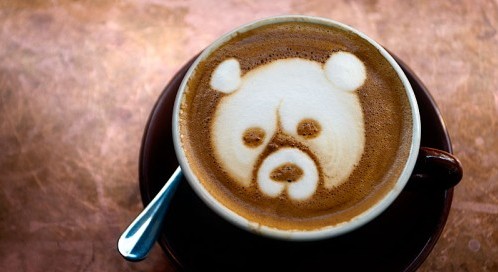
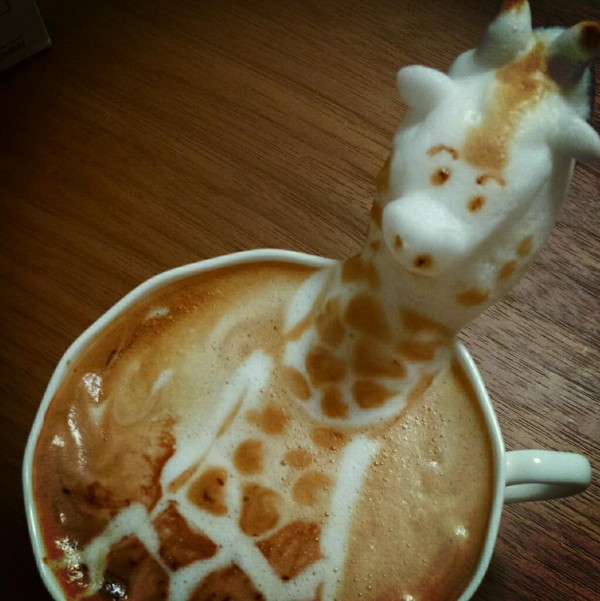
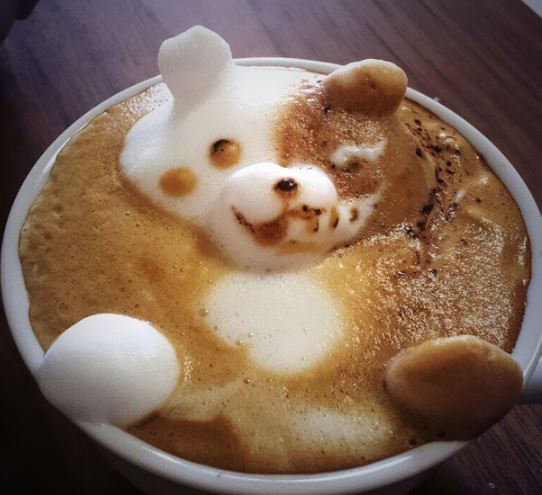
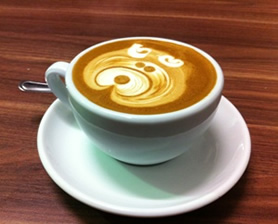
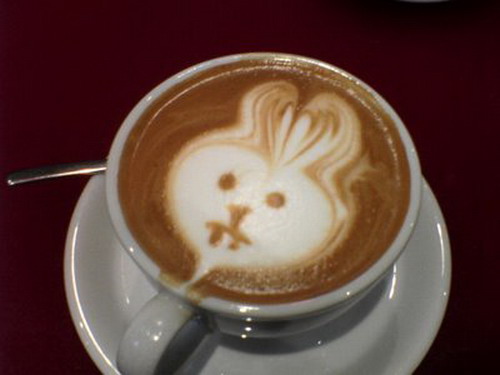
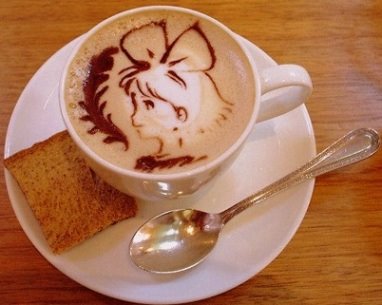
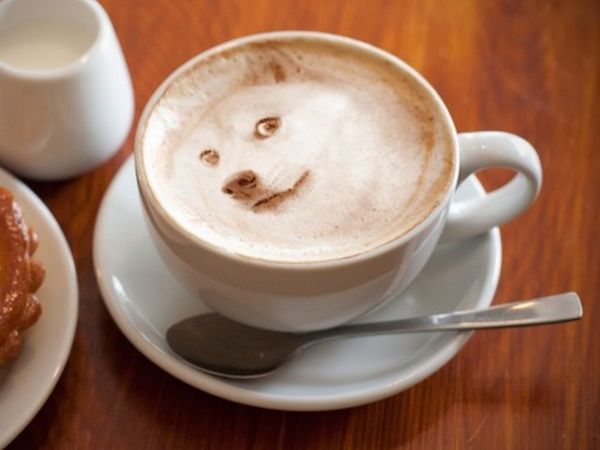
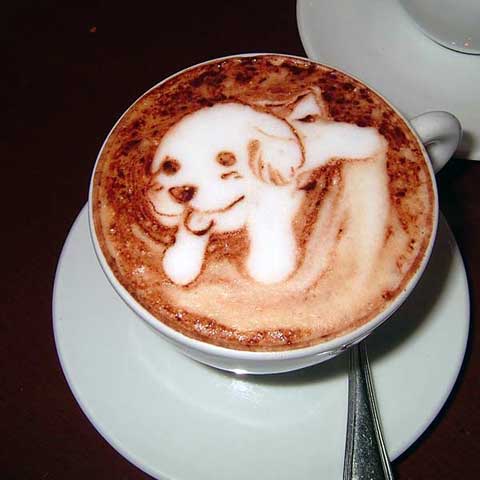
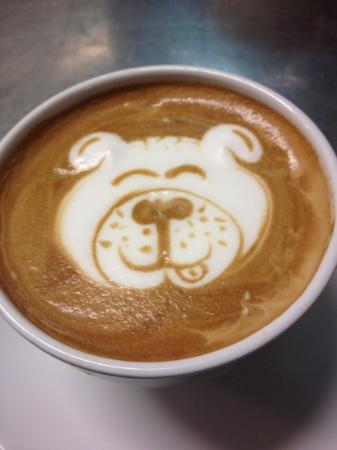
Comments are closed.